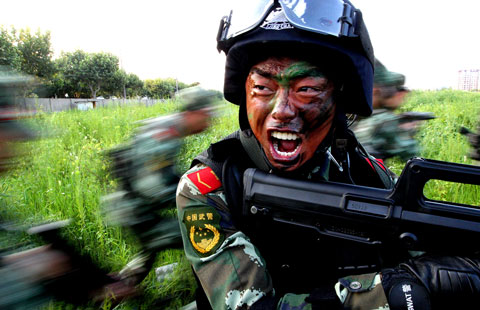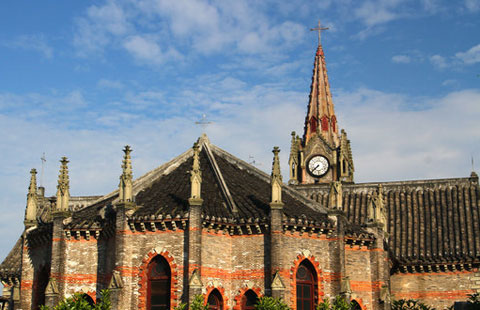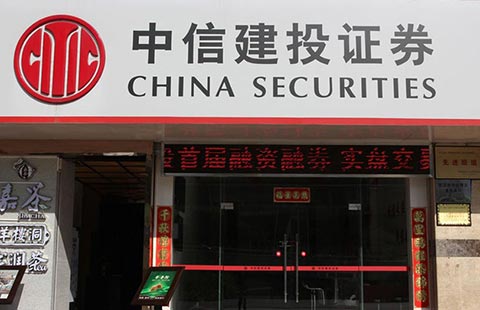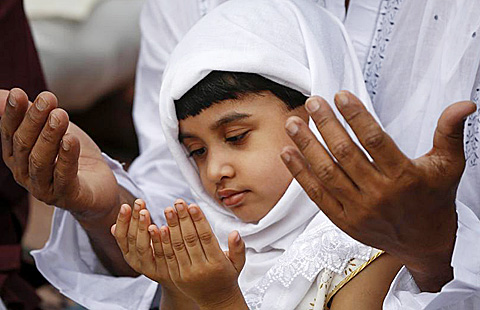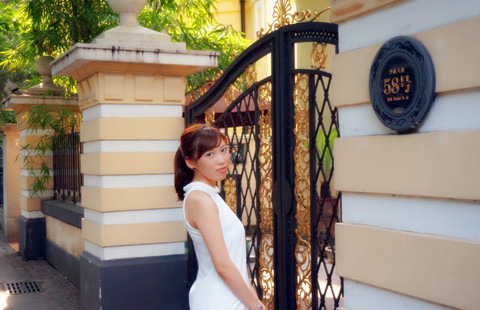
1931
September 18
Japanese troops provocatively destroyed a section of railway in north Shenyang and attacked the Chinese garrison at Beidaying, Shenyang, on the same night, this led to the "September 18th incident."
September 19
In the morning, the Japanese army occupied Shenyang. Because the Kuomintang government ordered "nonresistance," the Japanese forces occupied major cities and towns in Liaoning province in few days.
September 23
Chiang Kai-shek gave a speech in which he went so far as to order the army and the people to "take the rough with the smooth and wait for the judgment of the League of Nations."
1932
January 23
Jinzhou fell. It took just over three months for the Japanese army to occupy Heilongjiang, Jilin and Liaoning provinces in northeast China.
January 28
The Japanese army attacked Shanghai. The 19th Route army stationed in Shanghai rose in resistance.
March 9
The "Manchoukuo" was set up under the aegis of the Japanese aggressors, with the abdicated emperor of the Qing Dynasty (1644-1912), Pu Yi, as the chief executive.
1933
March
The Chinese army stationed along the Great Wall rose in resistance in Xifengkou, Gubeikou, and Lengkou in east Hebei province.
May 31
Xiong Bing, the delegate of the Kuomintang government, signed the traitorous "Tanggu Agreement" with the commander-in-chief of the Japanese army, Yasuji Okamura. Chinese troops had to withdraw from the strategic passes along the Great Wall.
1934
November 7
The First Army of the Northeast People's Revolutionary Army was set up, with Yang Jingyu as the commander.
1935
June 9
Umezu Yoshijiro, the commander-in-chief of the Japanese forces in north China, raised three demands with He Yingqin, the acting chairman of the KMT Peiping Military Subcommittee, one being that the Chinese army should leave Hebei. On July 6, He Yingqin addressed a written reply to Umezu accepting all the unreasonable demands.
June 27
Qin Dechun, the delegate of the Kuomintang government, concluded through exchange of notes the "Qin-Toihara Agreement" with Japanese army chieftain Toihara Kenji. By that time, the Kuomintang had withdrawn from Heber and Chahar provinces.
August 1
The Central Committee of the Communist Party of China published a "Letter to the People of Resistance Against Japan and Salvation of the Nation." It appealed for an end to the civil war and the arming of the people to defeat the Japanese imperialists.
December 9
A patriotic student movement broke out in Peiping (now Beijing). The Kuomintang army and police suppressed the gathering of 2,000 to 3,000 students in the famous "December 9th Movement." Since December 10, students in large and medium cities and patriotic compatriots all over the country supported the students. On December 16, more than 10,000 Peiping students again hold a demonstration. More than 20,000 people participated in a citizens' meeting in which a resolution, "Oppose Japanese Imperialism's aggression against China," was passed. The "December 9th Movement" set off a new upsurge in the nationwide movement for resistance against Japan.
1936
September 1
The CPC Central Committee issued a "Directive on Forcing Chiang Kai-shek to Resist the Japanese" to the whole Party.
September
Japanese troops conducted war exercises in Fengtai in the suburbs of Peiping, for provocation purposes. A conflict with the Chinese troops then occurred. After that, the Japanese brought in reinforcements and occupied Fengtai in order to hold the key transportation lines between Peiping and Tianjin.
December 12
Zhang Xueliang and Yang Hucheng, the patriotic generals of the Kuomintang in Xi'an, detained Chiang Kai-shek, who was there making arrangements for an encirclement and suppression campaign against the Communists. They then forced him to resist the Japanese. This is historically known as the "Xi'an Incident."
